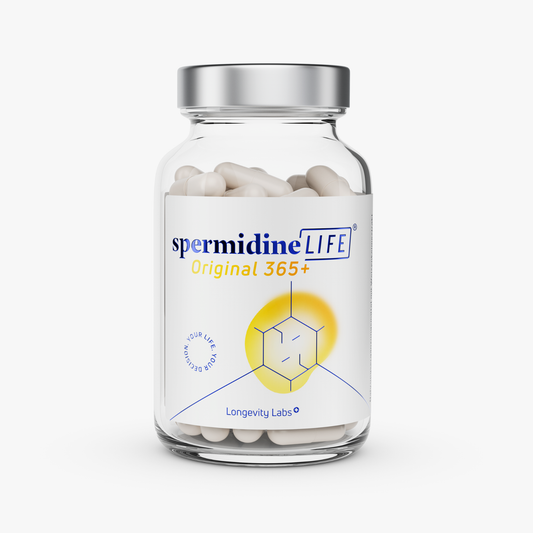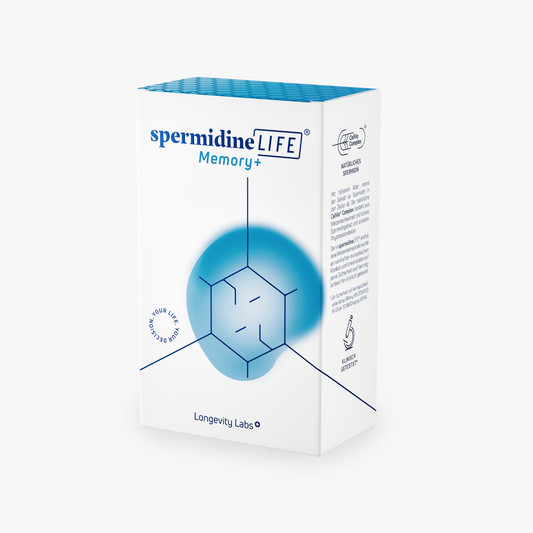
Mitophagy - the cleansing of the mitochondria
Biohacking,Fitness,Science, TLL LongevityLabsMitophagy is a specific autophagy process: the selective degradation of mitochondria by autophagy, referred to as mitophagy, represents an important process required for cell differentiation and the removal of damaged mitochondria. Mitochondria are the power plants of the cell, responsible for energy production. However, they can become damaged over time, which can lead to impaired cellular function. To maintain the health of the cell, it is important to identify and remove these damaged mitochondria.
Mechanism of mitophagy
The process of mitophagy begins with the cell identifying damaged or dysfunctional mitochondria. This step often occurs in collaboration with sensors that look for changes in mitochondrial membranes or electrical potential. Once damaged mitochondria are detected, special proteins initiate the construction of a membrane structure around (or to envelop/digest) the damaged organelles, similar to macroautophagy.
This membrane structure, called a "phagosome" or "mitophagosome", surrounds the damaged mitochondrion. The mitophagosome then fuses with the lysosome - a cell organelle that contains an acidic environment and digestive enzymes - to degrade the contents. This degradation process recycles the molecules of the mitochondria and builds new, healthy mitochondria.
Importance of mitophagy
Mitophagy is crucial for the maintenance of cellular health. By eliminating damaged mitochondria in the cell, it prevents the release of harmful molecules and impairs energy metabolism. A defect in mitophagy can lead to an accumulation of damaged mitochondria, which in turn can be associated with various diseases and age-related problems.
Regulation of mitophagy
The regulation of mitophagy occurs through a complex interaction of different proteins and signaling pathways. One important regulator is the protein PINK1 (PTEN-induced kinase 1), which accumulates on the surface of damaged mitochondria. PINK1 activates the protein Parkin, which in turn promotes the coating of damaged mitochondria with membranes and starts the process of mitophagy.
Thus, mitophagy is a crucial mechanism to maintain the cell's functionality. It ensures that damaged mitochondria are effectively broken down to make room for healthy and functioning mitochondria. This helps to optimize energy production and cellular health.






